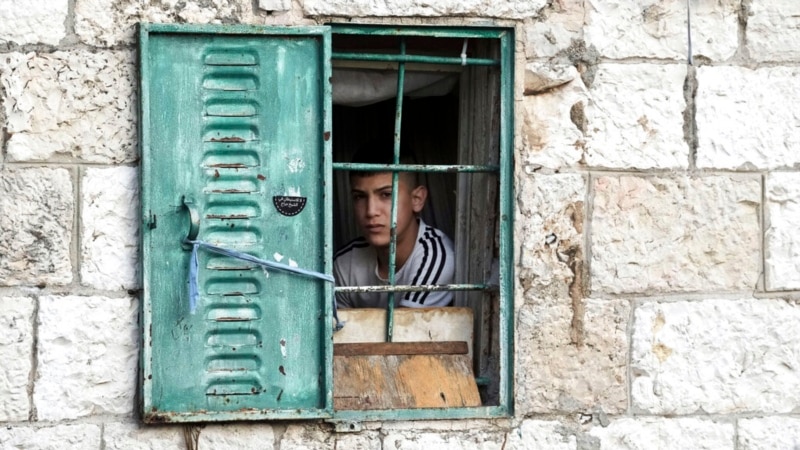The global numbers of forced displacement as of May 2024 reached 120 million, according to the Global Trends Report 2023, published on Thursday by the UN Refugee Agency, UNHCR.
The report, which analyzes the changes and approach to forced displacement, between January and December 2023, estimates that at the end of that year 117.3 million people were still forcibly displaced, “forced to flee persecution, conflicts, violence, human rights violations and events that seriously disturbed public order.”
This means an increase of 8 percent or 8.8 million people compared to the end of 2022. UNHCR even adds, this global increase has been recorded for 12 consecutive years.
“Behind these stark figures, which continue to rise, countless human tragedies are hidden. The suffering must prompt the international community to act urgently to address the causes of forced displacement,” said Filippo Grandi, United Nations High Commissioner for Refugees, in a statement.
The text points out that one in every 69 people worldwide, or 1.5% of the world’s population, was forcibly displaced, almost double that of a decade ago and, based on operational data, the agency estimates “that Forced displacements have continued to increase in the first four months of 2024 and are likely to have exceeded 120 million by the end of April 2024.”
According to data from the Internal Displacement Observatory (IDMC), people fleeing conflicts and remaining within their country total 68.3 million, which represents an increase of almost 50 percent in five years, which the Agency qualifies as the most relevant increase in global displacement.
UNHCR also highlighted that Syria remains the world’s largest displacement crisis, with 13.8 million people forcibly displaced inside and outside the country.
Likewise, the UN agency that works with Palestine refugees (UNRWA) and which noted in March that has funds to operate until the end of Mayestimates that by the end of 2023, around 1.7 million people in the Gaza Strip (75 percent of the population) “were forced to move due to catastrophic levels of violence, mostly Palestinian refugees.”
On the other hand, the UN agency indicates that, after the escalation of the war in 2022 in Ukraine, displacements within and from the country continued, but at a slower pace and, by the end of 2023, the number of displaced Internal population decreased to 3.7 million, but Ukrainian refugees and asylum seekers increased by 275,500, reaching 6 million. However, at the end of the year, a total of 9.7 million Ukrainians remained forcibly displaced.
In the region
The report also makes references to refugees, people in similar situations and others who need international assistance. In this regard, he noted that this population increased by 7 percent to reach 43.4 million, evidencing new displacements, mainly from Sudan, and considering those who are under the mandates of UNHCR and UNRWA. The largest refugee population worldwide were Afghans, followed by Syrians.
“The year-end total includes another 5.8 million people in need of international protection, predominantly from Venezuela, half a million more people than at the end of 2022, as government population estimates in Colombia and Brazil were revised.” upwards,” the text added.
As to the numbers of refugees, in the case of Venezuela, UNHCR indicates almost all of the 6.1 million Venezuelans reported have remained in Latin American countries (97%), particularly in Colombia (2.9 million), Peru (1 million), Ecuador (471,400) and Chile (435,800). . Overall, the total has increased from 5.4 million at the end of 2022.
The UNHCR report also noted “indiscriminate gang violence in Haiti” which has generated an increase “in human rights violations.” At the end of the year, 311,000 people remained displaced within their country and almost half of the country’s 11.4 million people are in need of humanitarian assistance. Likewise, the number of refugees and asylum seekers “drastically” increased by 68%, reaching 350,600.
Climate change
UNHCR also offered a new analysis of the climate crisis and how it increasingly and disproportionately affects forcibly displaced people.
In this sense, the Agency explained that, at the end of 2023, almost three quarters of forcibly displaced people “lived in countries with high to extreme exposure to climate-related hazards” and almost half lived in countries where they were also still exposed to conflicts.
Finally, the report emphasizes that based on this data, if the globally displaced population were a country, it would be the twelfth largest in the world (approximately the size of Japan).
The positive
The report also highlighted some positive aspects, highlighting that, in 2023, globally, more than 5 million internally displaced people and one million refugees returned home.
“Last year millions of people returned home, which gives hope. There are solutions – we have seen countries like Kenya lead the way in including refugees – but real commitment is needed.”
Likewise, resettlement arrivals totaled almost 160,000 in 2023.
“Refugees and the communities that host them need solidarity and a helping hand. “All of them can contribute to society, and indeed they do, when there is inclusion,” added Grandi, through the statement.
Connect with the Voice of America! Subscribe to our channels Youtube, WhatsApp and to the newsletter. Turn on notifications and follow us on Facebook, x and instagram.






![[Img #74661]](https://thelatestnews.world/wp-content/uploads/2024/12/The-power-of-ultrasound-150x150.jpg)









Add Comment